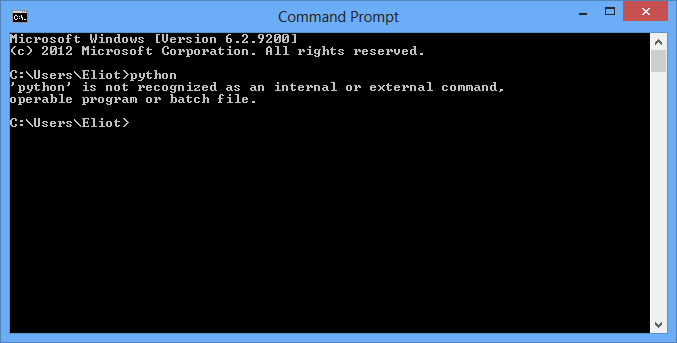ASP.NET vNext is coming and despite the lack of fanfare around the announcement, it's a challenge to describe it without resorting to meaningless buzzwords like 'paradigm-shift'.
While it's hard to pick which of the awesome features of vNext to celebrate most, to me the top features are definitely:
- Code changes without compile (courtesy of the, also hugely exciting, new compiler Roslyn).
- Cross platform ASP.NET in collaboration with Mono.
- Open Source, the entire vNext project is open source.
While I love code changes without compile as much as the next developer I think points 2 and 3 are the most exciting in terms of how Microsoft develop and release software in the future. The unprecedented level of transparency around these projects finally puts to bed the
Microsoft vs. Open Source community disputes.
One of the best server side languages (ok, I use it for a job so I'm biased) is now available for all developers on all platforms, though this might lose Microsoft some licensing costs for Server OSes
and Visual Studio licenses it also opens up the majority of servers (which are not running MS OSes) to ASP.NET (not to mention, who on earth chooses not to use Visual Studio if it's available).
Scott Hanselman definitely describes all the new features better than I ever could, so head on over to his site to read more.
That's enough about why vNext is great. How do we actually get it up and running? The instructions on the Git Repository are probably the best on how to install.
Install Git
The vNext project is available as a Git repo, so in order to get it you need to have Git installed. Installing Git for Windows is extremely easy, thanks to these guys.
Once you have it installed, navigate to the appropriate directory (use 'cd' to change directory, just like command line) and type
git clone https://github.com/aspnet/Home.git
This should clone the repo to the correct directory, in my case I didn't change directory before clone and it copied to C:\Users\[Username]\Home


